Why Are My Hairs Turning Grey So Early?
You’re brushing your hair, and there it is—a silver strand standing out against your dark mane. The first grey hair can feel like a betrayal, especially when you’re still in your 20s or 30s. Premature greying isn’t just a cosmetic concern—it often signals underlying imbalances in your body, lifestyle, or genetics.
Whether you’re trying to delay the salt-and-pepper look or reverse early greys naturally, this guide has you covered.
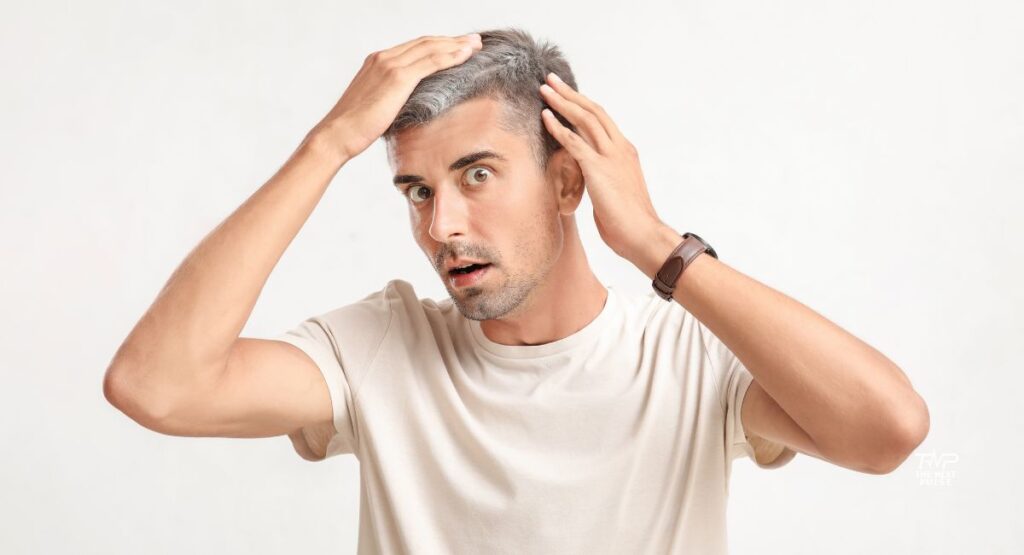
Why You’ll Love This Guide:
- Understand what really causes premature greying
- Natural remedies that actually work
- Dermatologist-approved medical treatments
- Diet, habits, and preventive measures for long-term results
- Expert insights and pro tips to keep your hair youthful
Let’s dive in and help you restore your hair’s natural color and vitality!
What Is Premature Greying of Hair?
Premature greying, or canities, refers to the appearance of grey or white hair at an unusually young age—typically before:
- 20 years in Caucasians
- 25 years in Asians
- 30 years in Africans
How It Looks:
- Grey, white, or silver strands mixed in with pigmented hair
- Often begins at the temples or frontal scalp
- Hair may also feel drier or coarser
Common Causes of Premature Greying
Understanding the triggers behind premature greying is key to choosing the right solution. Here are the most common culprits:
1. Genetics
If your parents or grandparents turned grey early, chances are you might too.
2. Oxidative Stress
A buildup of free radicals damages melanocytes—the cells responsible for hair pigment (melanin).
3. Chronic Stress
Emotional stress increases oxidative damage and accelerates melanocyte exhaustion.
4. Nutritional Deficiencies
Low levels of Vitamin B12, iron, copper, zinc, and biotin are major contributors.
5. Autoimmune Conditions
Disorders like vitiligo, thyroid disease, and alopecia areata can trigger greying.
6. Smoking
Tobacco use directly increases oxidative stress and impairs blood flow to hair follicles.
7. Chemical Exposure
Frequent use of harsh hair dyes and shampoos with sulfates or parabens can strip melanin.
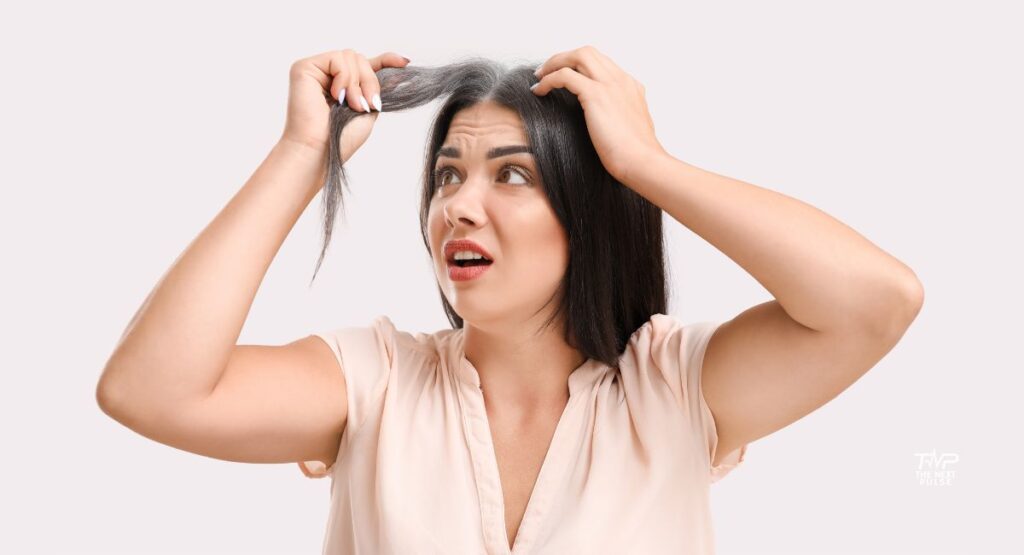
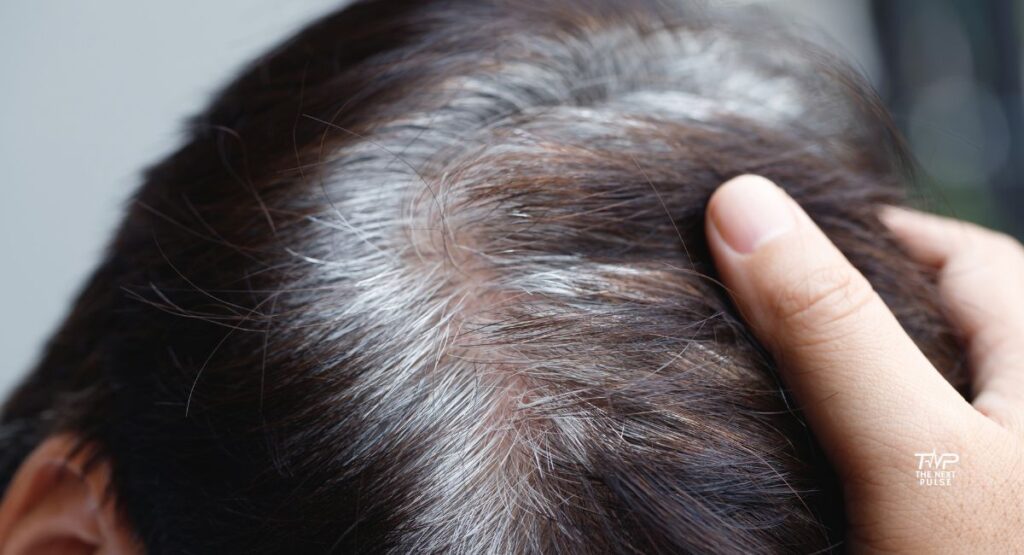
Dermatologist-Recommended Medical Treatments
While there’s no “miracle drug” to completely reverse greying, medical interventions can slow progression and sometimes restore pigment.
1. Topical Melanin Boosters
- Melitane™ (Peptide-based serums): Stimulates melanin production in follicles. Case report on premature hair graying
- PABA (Para-aminobenzoic acid) creams: Supports pigment regeneration. Medication-Induced Repigmentation of Gray Hair: A Systematic Review
2. Vitamin B12 Injections or Oral Supplements
Ideal if premature greying is linked to deficiency or malabsorption.
3. Low-Level Laser Therapy (LLLT)
Improves blood flow to the scalp and may revive dormant pigment cells.
4. Platelet-Rich Plasma (PRP) for Hair
Injecting your own growth factors can revitalize melanocyte stem cells.
⚠️ Precautions
Always consult a board-certified dermatologist before starting any treatment. Patch tests are crucial for topical agents.
Natural Home Remedies for Premature Greying
1. Coconut Oil & Curry Leaves
- Why it works: Curry leaves are rich in antioxidants and B vitamins
- How to use: Boil a handful of curry leaves in coconut oil. Cool, strain, and massage into scalp 2–3x/week
- Results: Noticeable softening and reduced greying in 6–8 weeks
2. Onion Juice
- Why it works: Contains catalase, which reduces hydrogen peroxide buildup
- How to use: Blend and strain onion juice, apply to scalp for 30 mins before washing
- Results: Visible effects in 2 months
3. Amla (Indian Gooseberry) Hair Mask
- Why it works: Rich in Vitamin C and powerful antioxidants
- How to use: Mix amla powder with yogurt or coconut oil and apply to hair 1–2x/week
- Results: Darker, shinier hair within 4–6 weeks
4. Black Sesame Seeds
- Why it works: Chinese medicine claims they nourish the kidney and promote pigment
- How to use: Eat 1 tsp daily, raw or roasted
- Results: Gradual improvement in hair tone over 3 months
5. Sage Leaf Rinse
- Why it works: Revives natural hair color and darkens greys over time
- How to use: Boil sage leaves, cool the solution, use as a final rinse
- Results: Subtle color return in 1–2 months
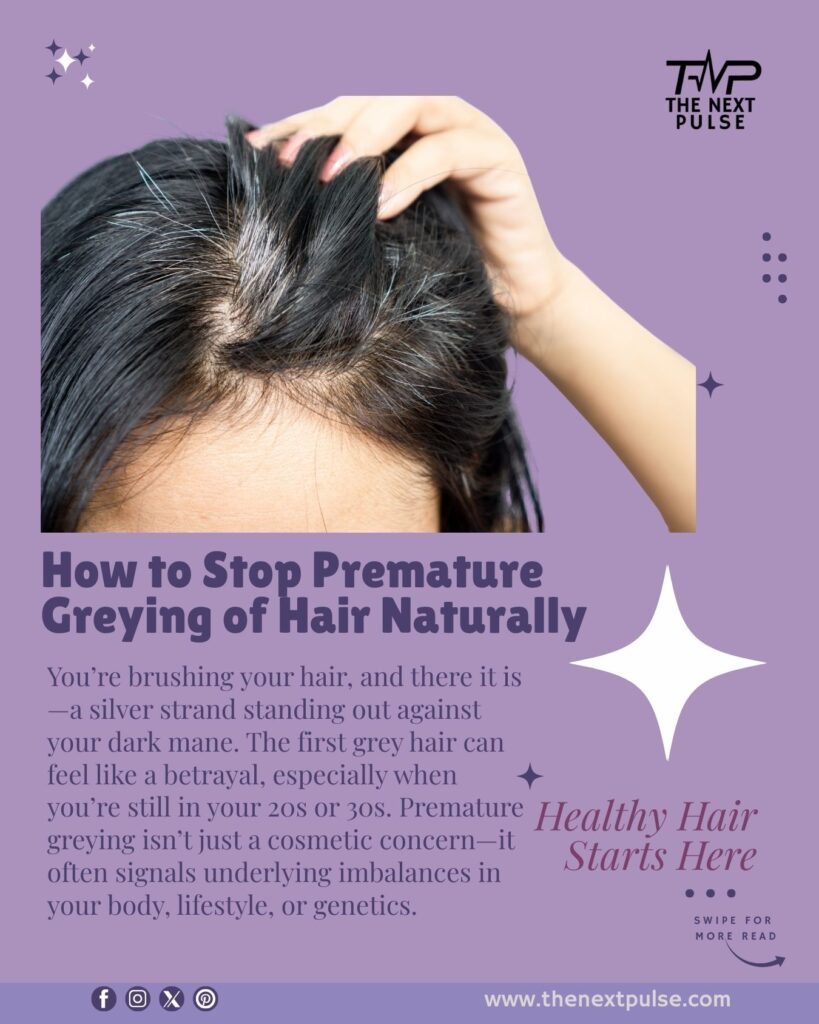
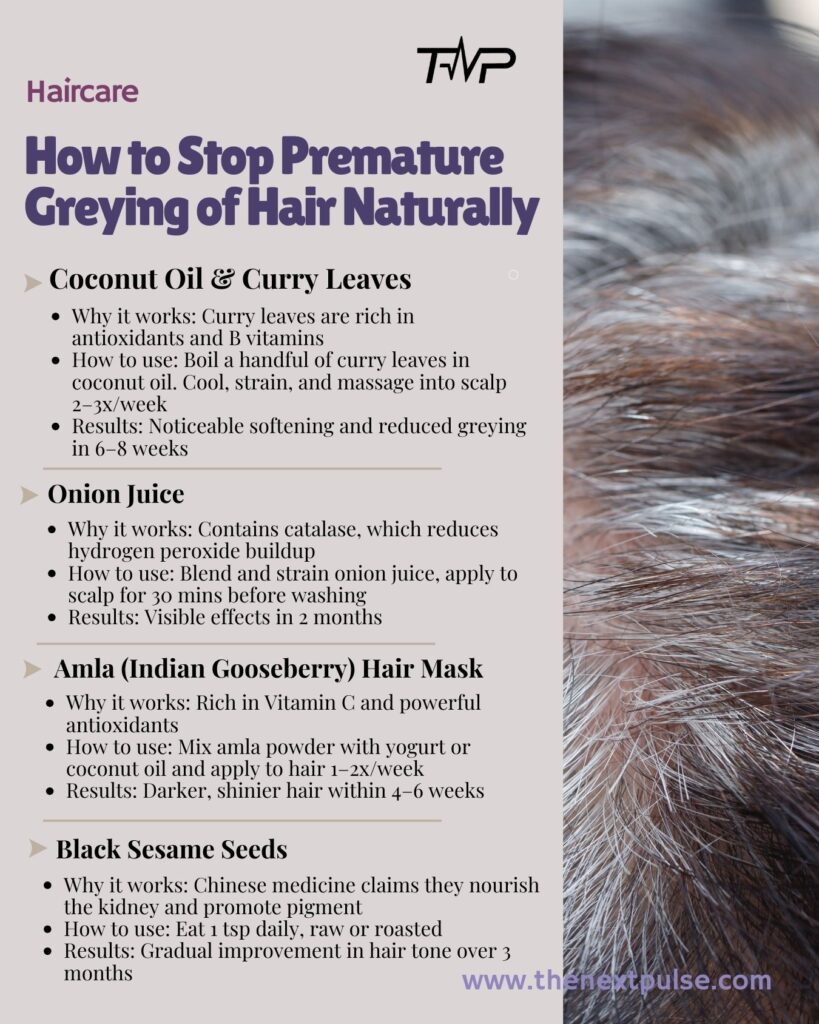
Lifestyle & Prevention Tips
1. Eat a Hair-Friendly Diet
Include foods rich in:
- Vitamin B12: Eggs, dairy, fish
- Copper: Nuts, seeds, leafy greens
- Zinc & Biotin: Legumes, whole grains, avocados
- Iron: Red meat, spinach, lentils
2. Avoid Harsh Chemicals
Switch to sulfate-free, natural shampoos. Limit hair dyes with ammonia or PPD.
3. Manage Stress Proactively
Practice yoga, meditation, or daily walks to reduce stress-related pigment loss.
4. Quit Smoking
Studies show smokers are 2.5x more likely to go grey prematurely.
🔍 Pro Tip from a Dermatologist:
“Early intervention is key. If you start noticing greys in your 20s or 30s, a combination of nutritional therapy and topical antioxidants can significantly slow or even reverse the process in some cases.”
— Dr. Sara Mahmood, MD, FAAD
FAQs
1. Can stress really cause grey hair?
Yes. Chronic stress increases oxidative damage, which can accelerate melanocyte depletion.
2. Is premature greying reversible?
Partially. Some pigment can return with the right nutritional and topical treatments—especially when addressed early.
3. Will plucking grey hairs cause more to grow?
No. That’s a myth. However, plucking can damage follicles and lead to hair thinning.
4. How long before natural remedies work?
2–3 months of consistent application is usually needed to see noticeable changes.
5. Should I see a doctor about early greying?
Yes, especially if it appears rapidly or is accompanied by hair thinning, fatigue, or skin changes—it could be a sign of an underlying issue.
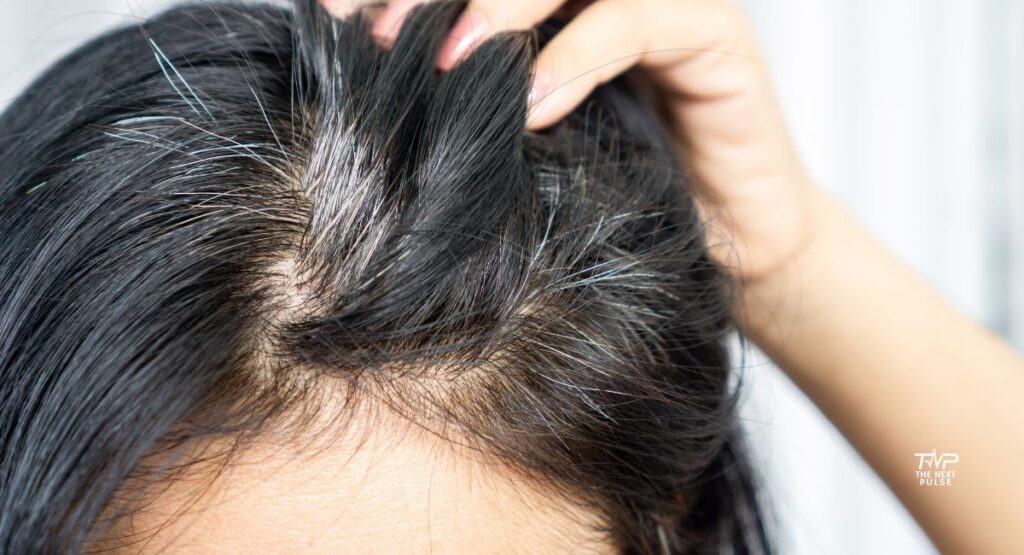
Final Thoughts: Your Hair Can Stay Youthful—With the Right Care
Premature greying can be distressing, but it’s not a life sentence. Whether it’s triggered by stress, nutrient gaps, or genetics, there are actionable steps you can take to slow, prevent, or even reverse early greys. Combine medical strategies with proven natural remedies, focus on nutrition, and consult a dermatologist when needed.
Remember, consistency is your best friend in hair care. Start today—your future self will thank you!
